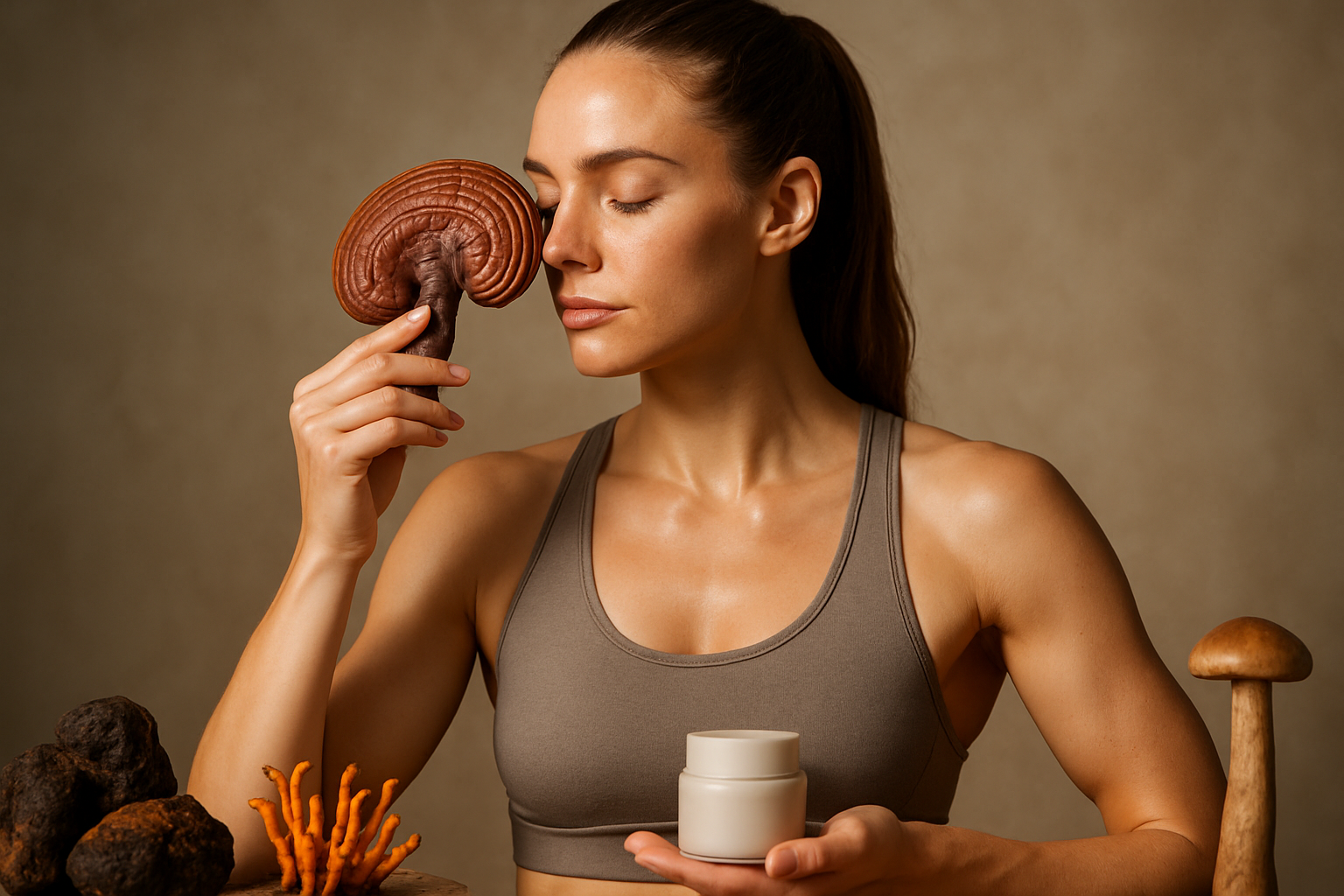Beauty Rituals: Ancient Practices in Modern Skincare
The pursuit of beauty is as old as civilization itself, with ancient cultures developing intricate rituals and practices to enhance their appearance. From the elaborate cosmetic routines of ancient Egyptians to the herbal remedies of traditional Chinese medicine, these time-honored traditions have left an indelible mark on modern skincare. Today, as consumers seek more natural and holistic approaches to beauty, many are turning to these ancient practices for inspiration. This renewed interest has sparked a resurgence in traditional beauty rituals, with contemporary brands and skincare enthusiasts alike incorporating age-old techniques and ingredients into their routines.

Ayurvedic Wisdom in Contemporary Skincare
Ayurveda, the ancient Indian system of medicine, has gained significant traction in the beauty industry in recent years. This holistic approach emphasizes balance and personalization, with treatments tailored to an individual’s unique constitution or “dosha.” Ayurvedic ingredients like turmeric, neem, and ashwagandha are increasingly found in mainstream skincare products, valued for their anti-inflammatory and antioxidant properties. The practice of oil pulling, an Ayurvedic technique for oral health, has also gained popularity as a natural alternative to traditional mouthwash.
Traditional Chinese Medicine’s Influence on Skincare
The principles of Traditional Chinese Medicine (TCM) have made significant inroads into modern beauty routines. Practices such as gua sha and facial acupuncture have become popular among those seeking natural alternatives to invasive cosmetic procedures. These techniques are believed to improve circulation, reduce inflammation, and promote lymphatic drainage. TCM-inspired ingredients like ginseng, green tea, and pearl powder are also finding their way into high-end skincare formulations, praised for their antioxidant and anti-aging properties.
The Renaissance of Roman Bathing Rituals
The elaborate bathing culture of ancient Rome has experienced a revival in recent years, with luxury spas and wellness centers offering modern interpretations of traditional Roman baths. The multi-step bathing process, which typically included exfoliation, massage, and aromatherapy, is now reflected in many contemporary skincare routines. The use of mineral-rich thermal waters, a staple of Roman bathing culture, has also inspired a range of products designed to harness the healing properties of these natural springs.
Japanese Beauty Traditions in the Global Spotlight
Japanese beauty rituals have gained international recognition for their emphasis on simplicity, purity, and prevention. The traditional multi-step skincare routine, which includes double cleansing and layering of lightweight hydrating products, has inspired the popular “J-beauty” trend. Ancient ingredients like rice bran, camellia oil, and green tea continue to be prized for their gentle yet effective properties. The concept of “mochihada” or “rice-cake skin” – describing skin that is soft, plump, and bouncy – has become a coveted ideal in global beauty circles.
The Resurgence of Native American Healing Practices
Native American beauty traditions, long overlooked by the mainstream beauty industry, are experiencing a resurgence as consumers seek more sustainable and holistic approaches to skincare. Traditional ingredients like sage, sweetgrass, and cedar are valued for their purifying and grounding properties. The practice of smudging, or burning sacred herbs for cleansing and purification, has inspired a range of aromatherapy and skincare products. Native American-inspired facial massage techniques, which focus on lymphatic drainage and tension release, are also gaining popularity in spa settings.
Modern Interpretations of Ancient Greek Beauty Rituals
The ancient Greeks’ approach to beauty, which emphasized harmony and natural radiance, continues to influence modern skincare philosophies. The use of olive oil, a staple in Greek beauty routines, remains popular for its moisturizing and anti-aging properties. Greek yogurt, rich in lactic acid and probiotics, has inspired a range of products designed to exfoliate and nourish the skin. The concept of “kalos kagathos,” which links physical beauty with inner virtue, resonates with contemporary holistic approaches to beauty and wellness.
In conclusion, the revival of ancient beauty rituals in modern skincare reflects a growing desire for time-tested, natural approaches to beauty. As consumers become more informed and discerning, they are increasingly drawn to practices and ingredients with long histories of use. This trend not only offers new avenues for product development but also promotes a more holistic and culturally diverse approach to beauty. By bridging ancient wisdom with modern science, the beauty industry is creating innovative solutions that honor tradition while meeting the demands of contemporary consumers.




